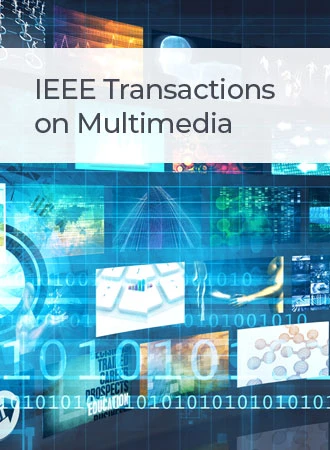Language Knowledge-Assisted Representation Learning for Skeleton-Based Action Recognition
IF 9.7
1区 计算机科学
Q1 COMPUTER SCIENCE, INFORMATION SYSTEMS
引用次数: 0
Abstract
How humans understand and recognize the actions of others is a complex neuroscientific problem that involves a combination of cognitive mechanisms and neural networks. Research has shown that humans have brain areas that recognize actions that process top-down attentional information, such as the temporoparietal association area. Also, humans have brain regions dedicated to understanding the minds of others and analyzing their intentions, such as the medial prefrontal cortex of the temporal lobe. Skeleton-based action recognition creates mappings for the complex connections between the human skeleton movement patterns and behaviors. Although existing studies encoded meaningful node relationships and synthesized action representations for classification with good results, few of them considered incorporating a priori knowledge to aid potential representation learning for better performance. LA-GCN proposes a graph convolution network using large-scale language models (LLM) knowledge assistance. First, the LLM knowledge is mapped into a priori global relationship (GPR) topology and a priori category relationship (CPR) topology between nodes. The GPR guides the generation of new “bone” representations, aiming to emphasize essential node information from the data level. The CPR mapping simulates category prior knowledge in human brain regions, encoded by the PC-AC module and used to add additional supervision—forcing the model to learn class-distinguishable features. In addition, to improve information transfer efficiency in topology modeling, we propose multi-hop attention graph convolution. It aggregates each node's k-order neighbor simultaneously to speed up model convergence. LA-GCN reaches state-of-the-art on NTU RGB+D, NTU RGB+D 120, and NW-UCLA datasets.基于骨架的动作识别的语言知识辅助表示学习
人类如何理解和识别他人的行为是一个复杂的神经科学问题,涉及认知机制和神经网络的结合。研究表明,人类大脑中有一些区域可以识别处理自上而下的注意力信息的行为,比如颞顶关联区。此外,人类大脑中有专门用于理解他人思想和分析他人意图的区域,比如颞叶的内侧前额叶皮层。基于骨骼的动作识别为人类骨骼运动模式和行为之间的复杂联系创建映射。虽然现有的研究对有意义的节点关系进行编码,并合成动作表示进行分类,取得了很好的结果,但很少有人考虑将先验知识结合起来帮助潜在的表示学习,以获得更好的性能。LA-GCN提出了一种利用大规模语言模型(LLM)知识辅助的图卷积网络。首先,将LLM知识映射到节点之间的先验全局关系(GPR)拓扑和先验类别关系(CPR)拓扑中。GPR引导生成新的“骨”表示,旨在从数据层面强调基本节点信息。CPR映射模拟了人类大脑区域的类别先验知识,由PC-AC模块编码,并用于添加额外的监督-迫使模型学习可区分类别的特征。此外,为了提高拓扑建模中的信息传递效率,我们提出了多跳注意图卷积。它同时聚合每个节点的k阶邻居,以加快模型的收敛速度。LA-GCN在NTU RGB+D, NTU RGB+ d120和NW-UCLA数据集上达到了最先进的水平。
本文章由计算机程序翻译,如有差异,请以英文原文为准。
求助全文
约1分钟内获得全文
求助全文
来源期刊

IEEE Transactions on Multimedia
工程技术-电信学
CiteScore
11.70
自引率
11.00%
发文量
576
审稿时长
5.5 months
期刊介绍:
The IEEE Transactions on Multimedia delves into diverse aspects of multimedia technology and applications, covering circuits, networking, signal processing, systems, software, and systems integration. The scope aligns with the Fields of Interest of the sponsors, ensuring a comprehensive exploration of research in multimedia.
 求助内容:
求助内容: 应助结果提醒方式:
应助结果提醒方式:


